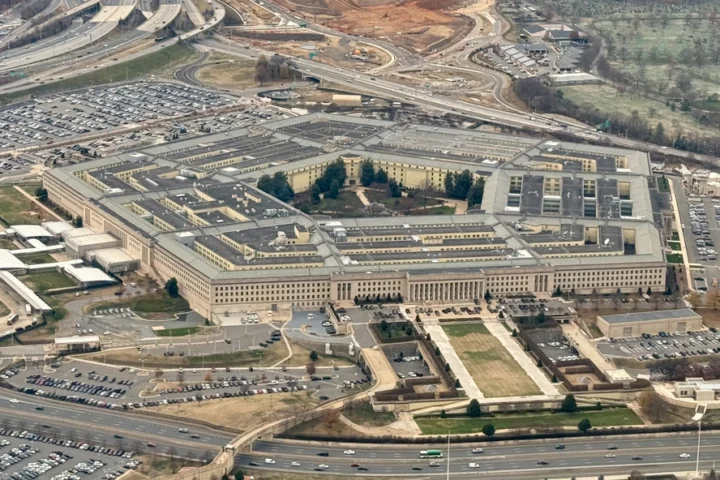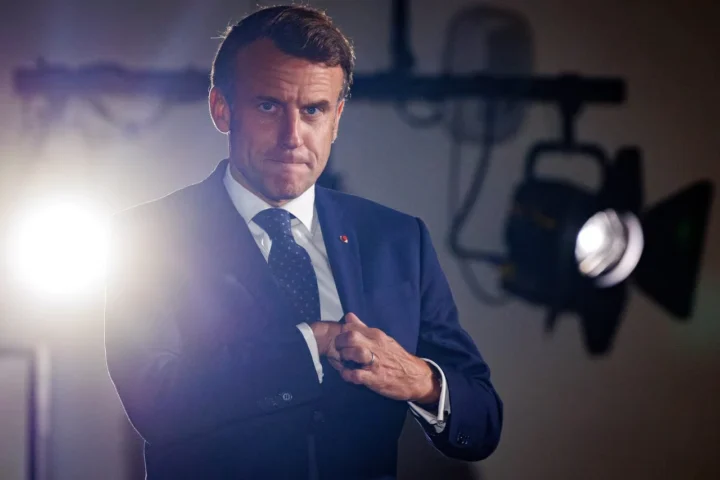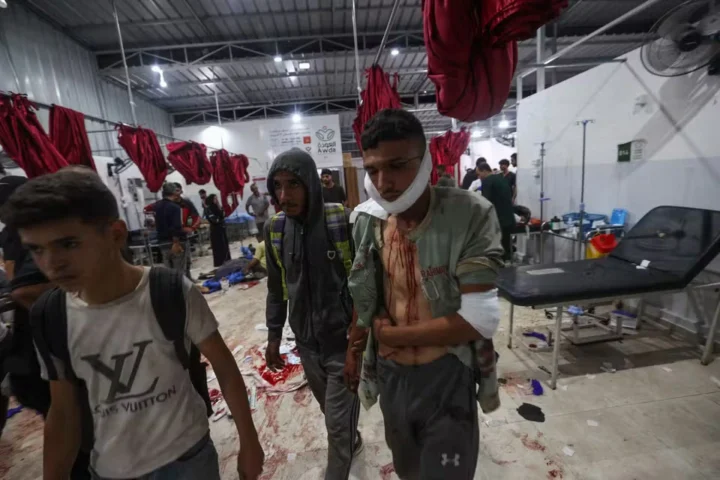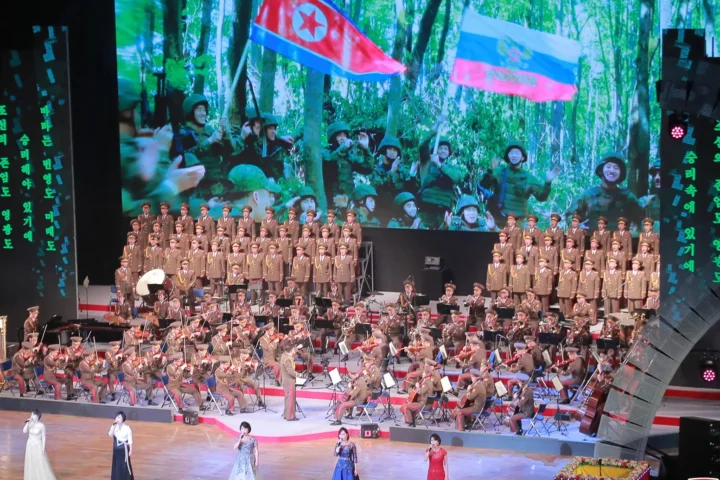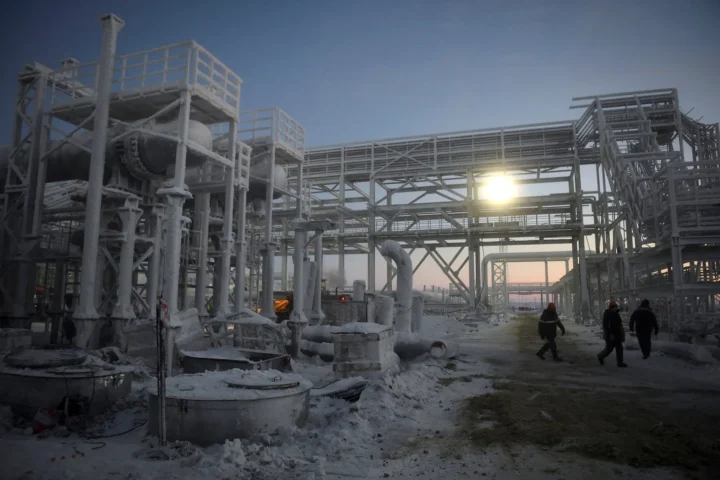After three years of full-scale conflict, Ukraine finds itself in a situation where prospects look far from optimistic. Ukrainian President Volodymyr Zelensky’s visit to Washington was never going to be an easy one. As noted by Der Standard, he was well aware of this even before boarding his flight from Poland. Even before his open confrontation with Donald Trump (“You have no good cards”) and Trump’s ally J.D. Vance (“Have you ever said thank you?”), Zelensky faced significant challenges in the U.S. capital.
In February, Trump had already made it clear that Ukraine would not regain the territories seized by Russia. Worse for Kyiv, the former U.S. president asserted that Ukraine should forget about security guarantees and NATO membership. According to Trump, Zelensky himself was to blame for the ongoing war, rather than Russia.
From the outset, Ukraine’s relationship with Trump has been an “uphill battle.” Any hope that Zelensky’s trip to Washington could change the situation now seems naïve. Trump, who has known the Ukrainian president since the 2019 Hunter Biden scandal, has not forgotten past disagreements. In February, Zelensky refused to approve Trump’s aggressively promoted resource deal because it lacked explicit security guarantees for Ukraine. Now, those guarantees appear to be permanently off the table.
Given these developments, experts from the British think tank New Eurasian Strategies Centre (NEST) have proposed four possible scenarios for Ukraine’s future.
1. The “Austrian Model” (1945): Ukrainian Neutrality Under Moscow’s Control
According to this scenario, if the U.S. fully withdraws its support, much of Ukraine’s eastern territory will officially fall under Russian control, while the rest of the country will become “neutral,” but still effectively dependent on Moscow.
This scenario resembles post-war Austria but with a crucial difference: unlike Austria, Ukraine would be left without Western support and economic aid, which helped Austria integrate into Europe. Ukraine would have a reduced military, no NATO or EU membership, and so-called “special protections” for Russian-speaking populations.
“Under this scenario, Ukraine would remain subordinate to Russia, and Moscow would retain the option to restart aggression whenever it deems necessary,” Der Standard quotes NEST expert John Lough as saying.
Probability: High.
2. The “German Model” (1949): A Divided Ukraine With Western Support
This scenario envisions eastern Ukraine becoming part of Russia while the western part receives military and economic support from the West, though without NATO membership.
In this case, Ukraine would resemble West Germany in 1949—a state not part of military alliances but actively rearming with the help of allies. Europe and the U.S. would finance Ukraine’s military-industrial complex to ensure its ability to resist Russia.
However, without full support from the U.S., this scenario remains unlikely. “If Washington is not involved, this scenario is impossible,” says John Lough.
Probability: Very Low.
3. “Afghanistan” (2021): The Complete Collapse of Ukraine
The worst-case scenario involves the complete withdrawal of Western support, leading to the disintegration of Ukraine’s statehood and a swift takeover by Moscow. This scenario mirrors Afghanistan in 2021, when the Taliban seized power within weeks of the U.S. military withdrawal.
“Russia lacks the resources for a full occupation of Ukraine, but it would likely seek to establish a puppet regime in key cities such as Odesa and Kharkiv,” Lough notes.
Despite current tensions between Ukraine and the U.S., experts consider this scenario unlikely. “America cannot afford to completely abandon Ukraine; otherwise, even Trump’s own supporters would see him as weak,” Der Standard states.
Probability: Low.
4. Endless War
This scenario, along with the “Austrian Model,” appears to be the most probable. If diplomatic efforts fail, the conflict will persist, bringing further casualties and destruction.
Despite heavy losses, Russian President Vladimir Putin still sees himself on the path to victory. Ukraine, meanwhile, is unlikely to agree to a ceasefire without clear security guarantees from the West, as Trump demands.
“Russia can sustain this level of warfare for at least another year before economic difficulties begin to impact its military capabilities,” Lough estimates. He believes Ukraine can hold out for about six more months, after which it may have to consider mobilizing younger conscripts—a step it has so far avoided for good reasons.
Probability: Very High.
According to analysts, Ukraine’s future depends on international support and strategic decisions. However, in most likely scenarios, the country will face severe challenges, ranging from territorial losses to an indefinite war.
Which of these paths Ukraine will take will become clearer in the coming months.
This article was prepared based on materials published by Der Standard. The author does not claim authorship of the original text but presents their interpretation of the content for informational purposes.
The original article can be found at the following link: Der Standard
All rights to the original text belong to Der Standard.








